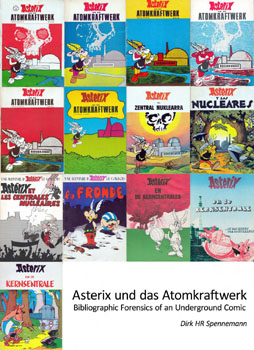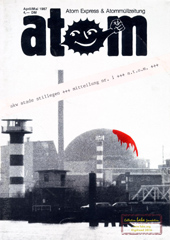 In the IEA-report on renewables published yesterday, the following is notable:
In the IEA-report on renewables published yesterday, the following is notable:
Over the coming five years, several renewable energy milestones are expected to be achieved:
- In 2024, wind and solar PV together generate more electricity than hydropower.
- In 2025, renewables surpass coal to become the largest source of electricitygeneration.
- Wind and solar PV each surpass nuclear electricity generation in 2025 and 2026 respectively.
- In 2028, renewable energy sources account for over 42% of global electricity generation, with the share of wind and solar PV doubling to 25%.
And keep in mind that the IEA has a long standing tendency to underestimate renewables and overestimate nuclear in their scenarios



 EPZ, the operator of the Borssele nuclear power plant, has long claimed that it recycles "95 percent" of its nuclear fuel, and that only "5 percent" remains as nuclear waste. Following a complaint by Laka, the Board of Appeals of the Dutch Advertising Authority, ruled yesterday that these are misleading environmental advertisement claims. In its ruling, the Board blames EPZ all the more because these misleading claims appear on EPZ's website under the header “Environment & Health”, where 'unsuspecting visitors should expect accurate and balanced information about nuclear fuel and nuclear waste'.
EPZ, the operator of the Borssele nuclear power plant, has long claimed that it recycles "95 percent" of its nuclear fuel, and that only "5 percent" remains as nuclear waste. Following a complaint by Laka, the Board of Appeals of the Dutch Advertising Authority, ruled yesterday that these are misleading environmental advertisement claims. In its ruling, the Board blames EPZ all the more because these misleading claims appear on EPZ's website under the header “Environment & Health”, where 'unsuspecting visitors should expect accurate and balanced information about nuclear fuel and nuclear waste'. 



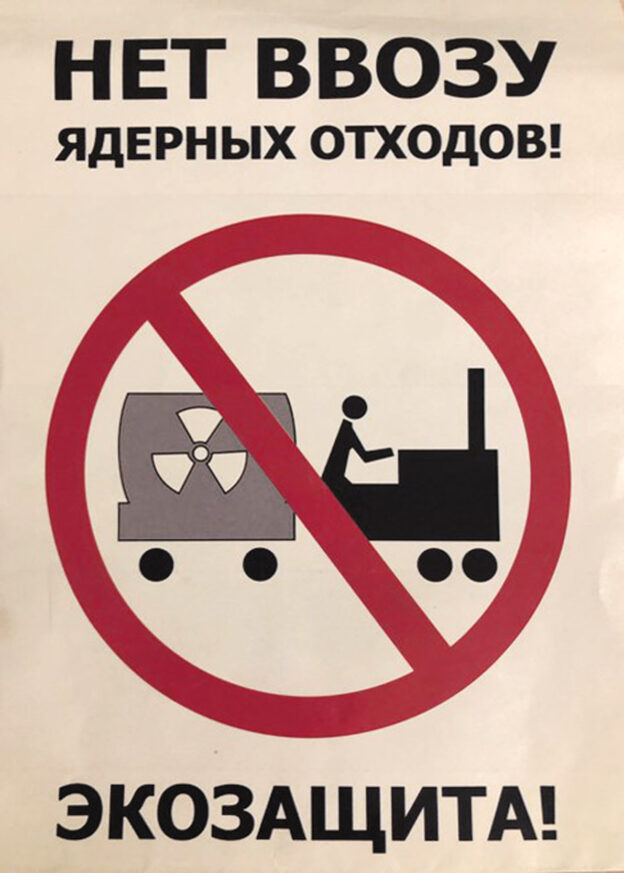

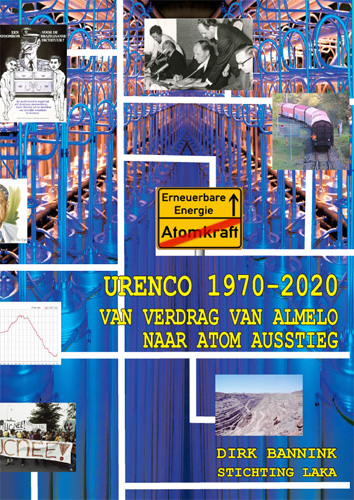


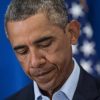 Despite its triumphant press release of the contrary, two years ago, NRG, the operator of the High Flux Reactor in the Netherlands, this week confirmed Laka’s suspicion that NRG is still using weapons-grade highly enriched uranium in its reactor. Therefore, the Netherlands is currently in breach of its agreement with Obama, reached at the Nuclear Security Summit in the Hague in 2014, to cease the use of weapons-prone highly enriched uranium for civil medical use.
Despite its triumphant press release of the contrary, two years ago, NRG, the operator of the High Flux Reactor in the Netherlands, this week confirmed Laka’s suspicion that NRG is still using weapons-grade highly enriched uranium in its reactor. Therefore, the Netherlands is currently in breach of its agreement with Obama, reached at the Nuclear Security Summit in the Hague in 2014, to cease the use of weapons-prone highly enriched uranium for civil medical use.
 It has been almost eight years since the Tohoku earthquake and Fukushima nuclear accident in Japan.
It has been almost eight years since the Tohoku earthquake and Fukushima nuclear accident in Japan.